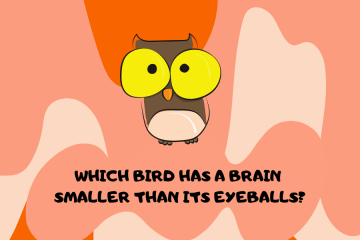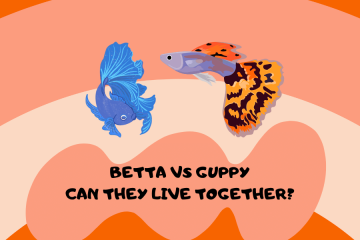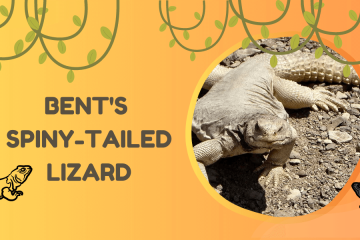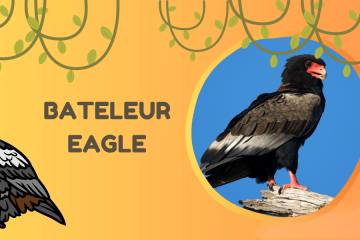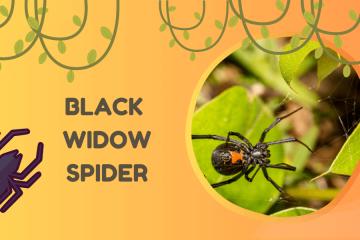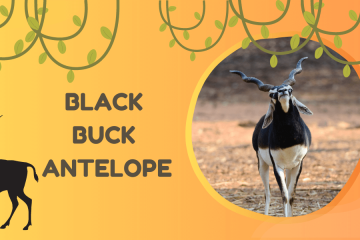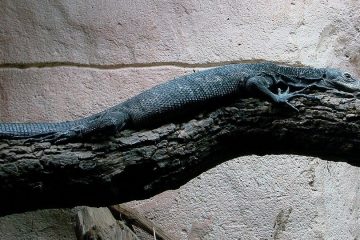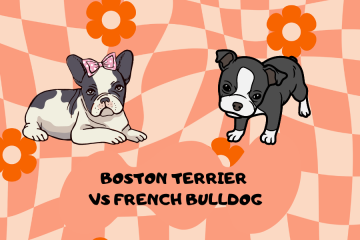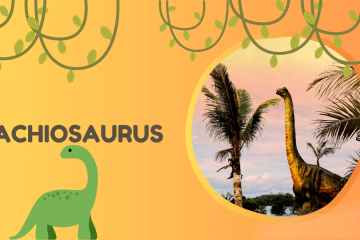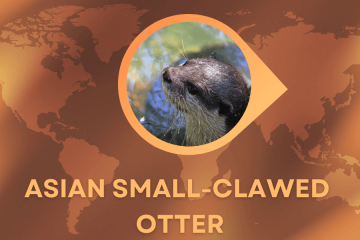Carnotaurus (pronounced KAR-no-TAWR-us) is one of the strangest dinosaurs to have come from South America. It belongs to the family known as Abelisaurids. Carnotaurus was a 25-foot, bipedal, meat-eating dinosaur that looked like a bull and had a long thin tail. This dinosaur is not one of the better-known carnosaurs, but with its mouthful of flesh-tearing teeth and its bull-like horns, it certainly was fierce looking.
Carnotaurus has two knobby eyebrow-horns and a small, deep shaped skull. Although the upper part of the skull seems powerful, the lower part appears slender and weak. The snout is incredibly blunt and deep, giving Carnotaurus the appearance of a dinosaur bulldog. Perhaps the strangest feature of this theropod is its tiny, underdeveloped arms, with primitive four-fingered hands (one finger a backward spike) with palms that seem to face outwards. Its arms were so short that the hands appeared to sprout almost directly from the elbows.
The forearms, not much longer than the fingers, were even shorter than in Tyrannosaurus, and did not bend. Extensive skin impressions were found with the skeleton. Its skin was covered with 2-inch bumps in rows about 4 inches apart, becoming larger towards the spine. Each bump was surrounded by small tubercles. Skin impressions representative of nearly the entire body length have been found, giving scientists their best information on dinosaur skin.
Food
Carnotaurus was a carnivore. Like most of the meat-eaters, it walked on its hind legs. Its long, muscular back legs probably made it more agile than the other carnosaurs, but its jaws were slender and weak, poorly adjusted for grappling with prey. This makes the feeding habits of this carnivorous dinosaur are difficult to interpret.
Habitat
Carnotaurus lived during the Middle Cretaceous Period in what is now South America, where many unusual dinosaurs have been discovered.
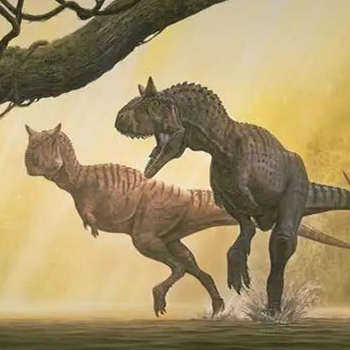
Predators
In Cretaceous Argentina, Carnotaurus fiercely guarded his place at the top of the food chain.
Social Structure
Its name comes from the thick horns, which were probably used to engage in head-butting contests when competing for mates.
Senses
Carnotaurus may have had partial binocular vision (unlike most other dinosaurs) since the eyes were set facing slightly forwards.

Lydia King is a huge animal lover and has always been fascinated with learning about the animal kingdom. She enjoys writing about anything animal related from scientific information about rare species to animal references in pop culture.

